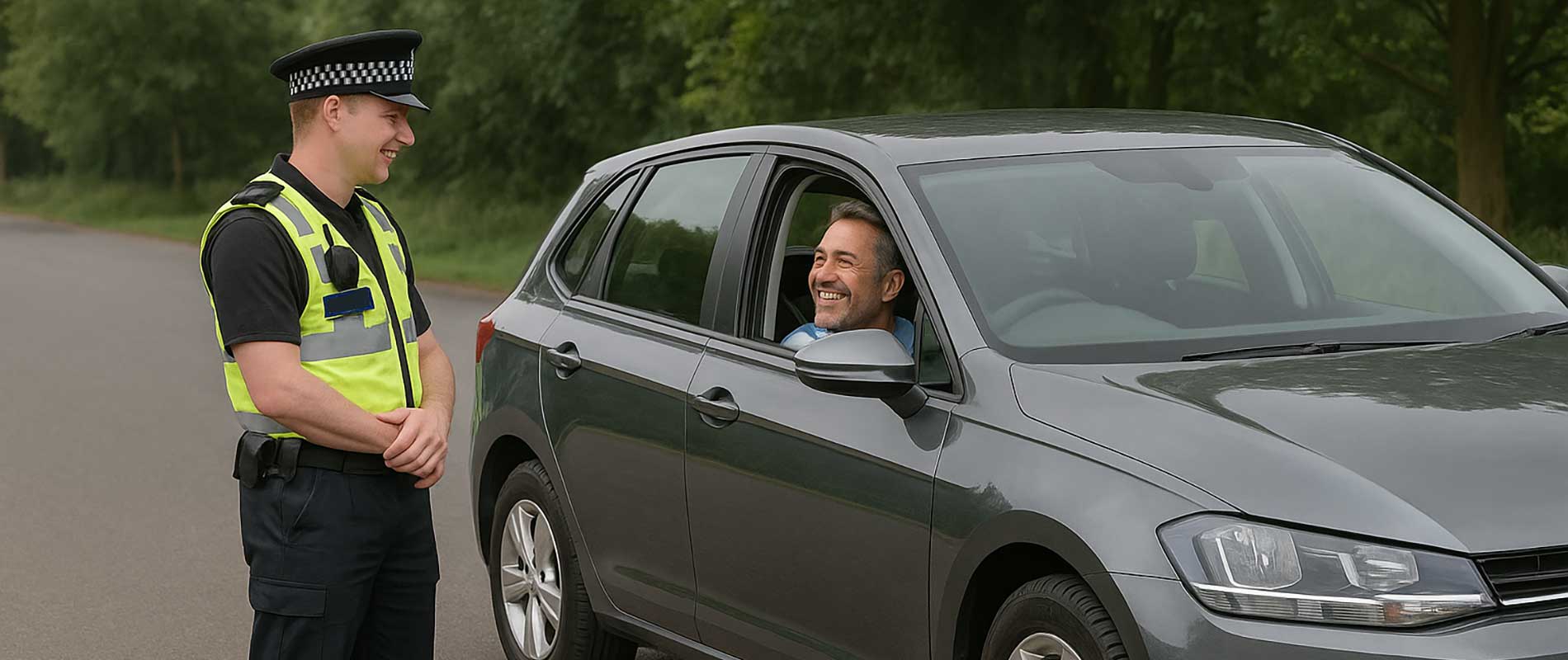Coming back from a driving ban can feel daunting. You’re eager to move on, but getting insured again isn’t as simple as it used to be. Many drivers find themselves facing limited options and sharply higher prices, especially in the first year after disqualification. Still, there are legitimate paths back to affordable cover; and understanding them is the first step to getting back behind the wheel legally.
Once your ban ends, you’ll usually need to reapply for your licence. Don’t rush ahead before it arrives, because driving even a day early would count as driving while disqualified; a serious offence that could set you back even further. Once you’re legally able to drive again, the next step is securing valid insurance. This is where things get trickier, as mainstream insurers often decline applications from recently banned drivers.
The good news is that specialist insurers exist precisely for this situation. They focus on helping people who’ve been banned or convicted, offering policies that take into account your efforts to get back on track. Some even provide flexible payment options or short-term cover while you rebuild your record. You’ll likely pay more at first, but fair-minded brokers can ensure the quote reflects your real circumstances, not just your past mistakes.
When applying, honesty is essential. Insurers can check your record through the DVLA, so there’s no point in leaving out your ban. What matters is how you explain it. Be straightforward, provide the dates, and mention any steps you’ve taken to improve your driving habits. That transparency helps build trust; something insurers value just as much as numbers on a form.
Depending on the nature of your ban, you may also need to show evidence of rehabilitation or additional training. Voluntary driving courses or safety awareness programmes demonstrate that you’ve taken responsibility and can help soften insurers’ risk assessments. Even small actions, such as attending refresher lessons or maintaining a spotless record after reinstatement, show progress.
When comparing policies, look beyond the headline price. Some insurers may tempt you with low premiums but impose strict limits or high excesses. Check whether the policy allows commuting, whether you can drive other vehicles, and what happens if you cancel early. It’s better to pay a slightly higher price for a policy that genuinely fits your needs than to choose one that causes problems later.
As time passes, things get easier. The longer you go without another offence, the more insurers will be willing to consider you. Keep your documents organised, renew on time, and stay clear of further trouble. Within a few years of careful driving, your premiums will begin to drop, and you’ll find yourself back in the normal range for prices and choice.
A driving ban is a setback, not a life sentence. The road back to fair insurance might take patience, but every mile you drive legally and responsibly brings you closer to normality again. Treat the process as part of rebuilding trust; steady, consistent, and focused on doing things right this time.

